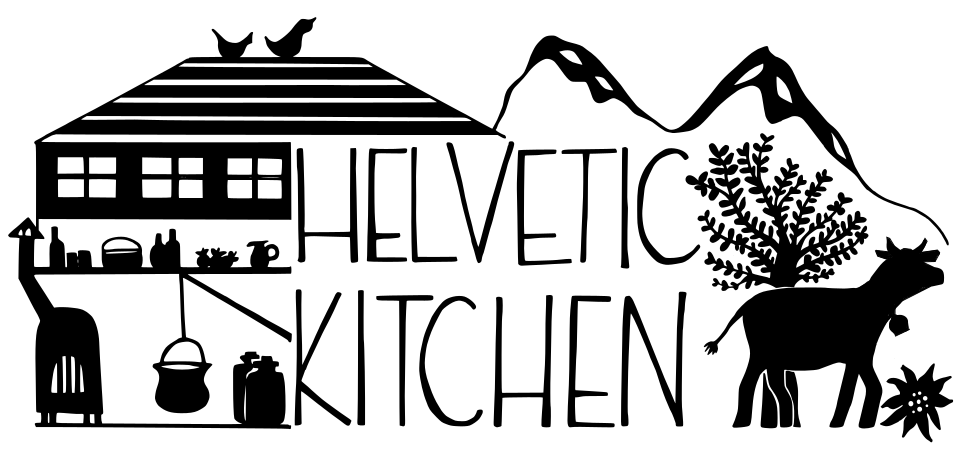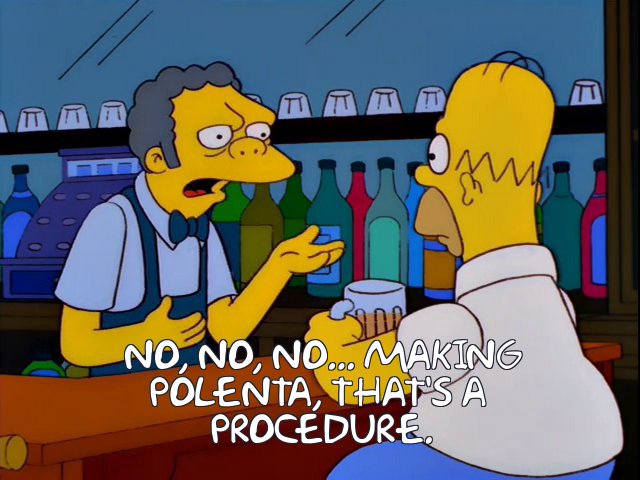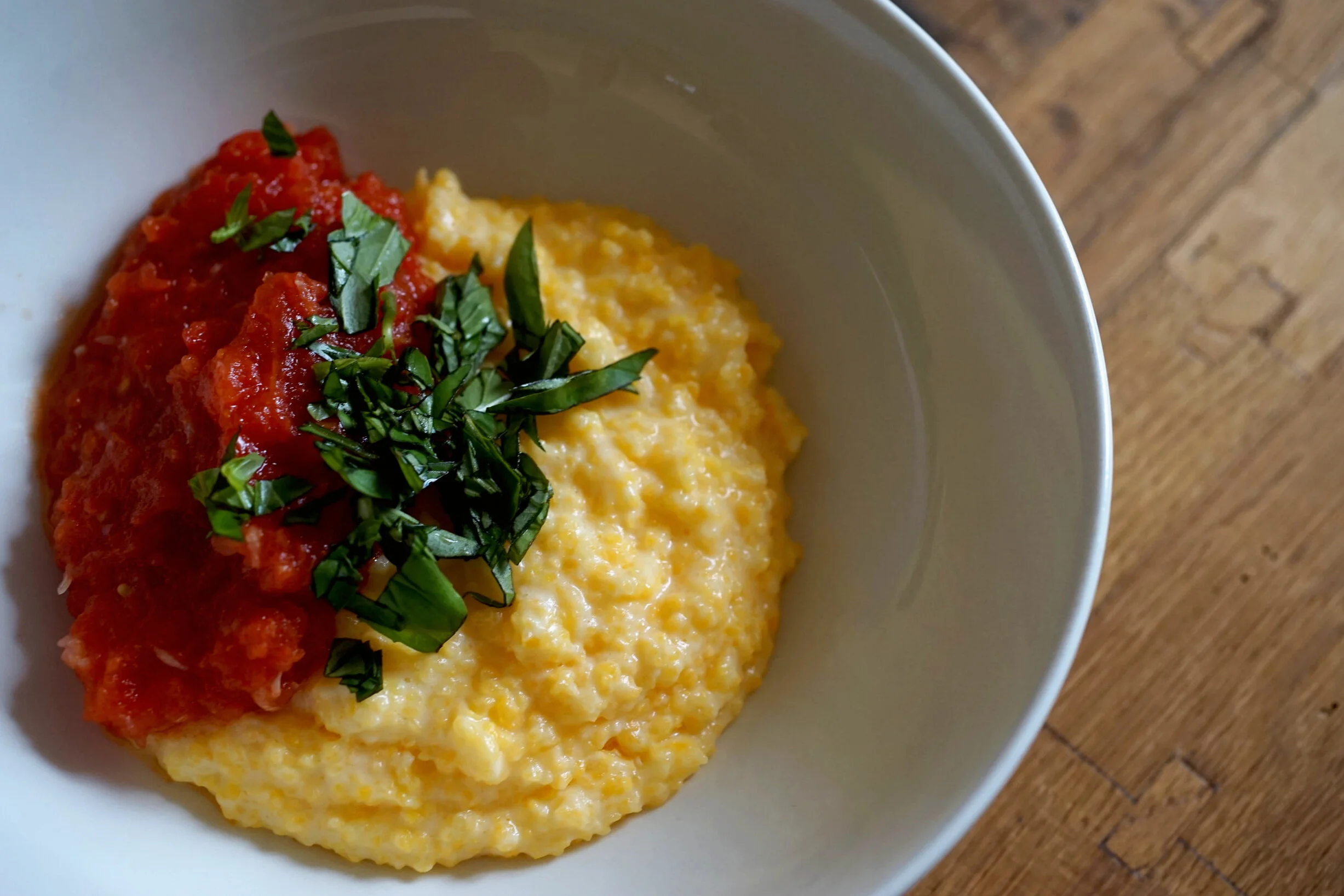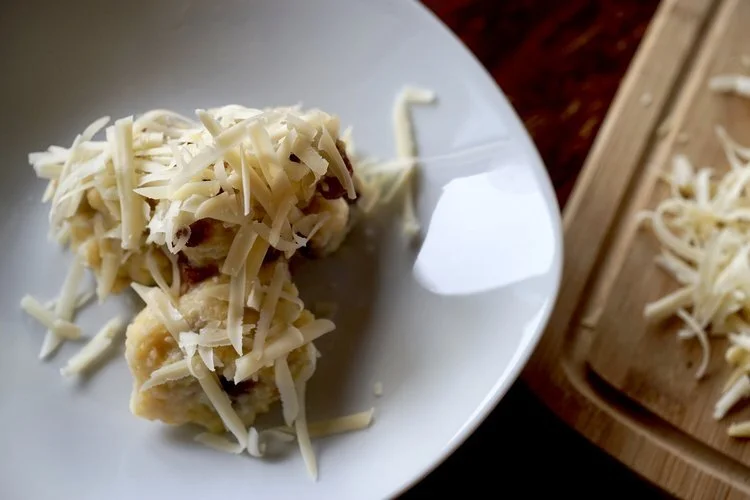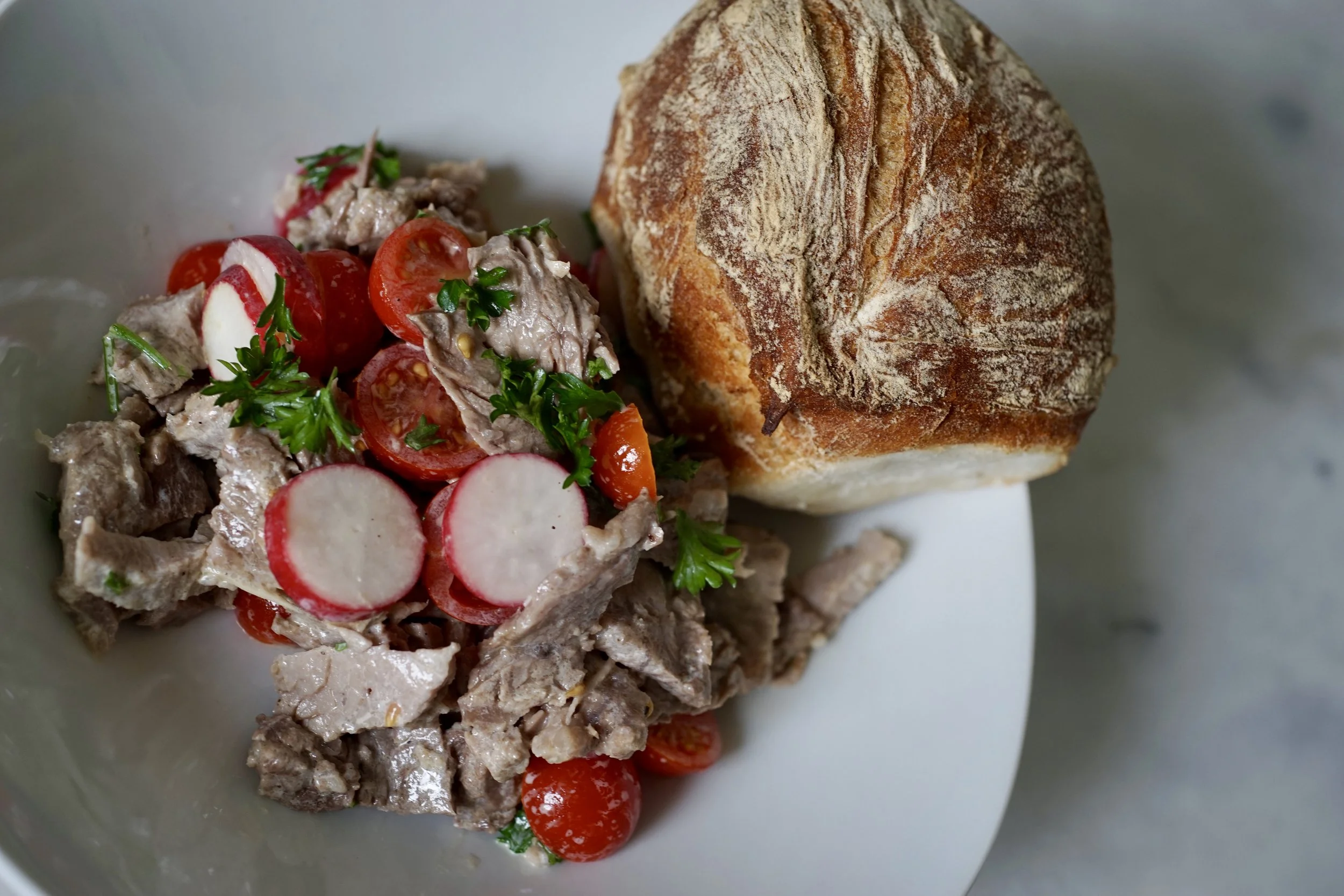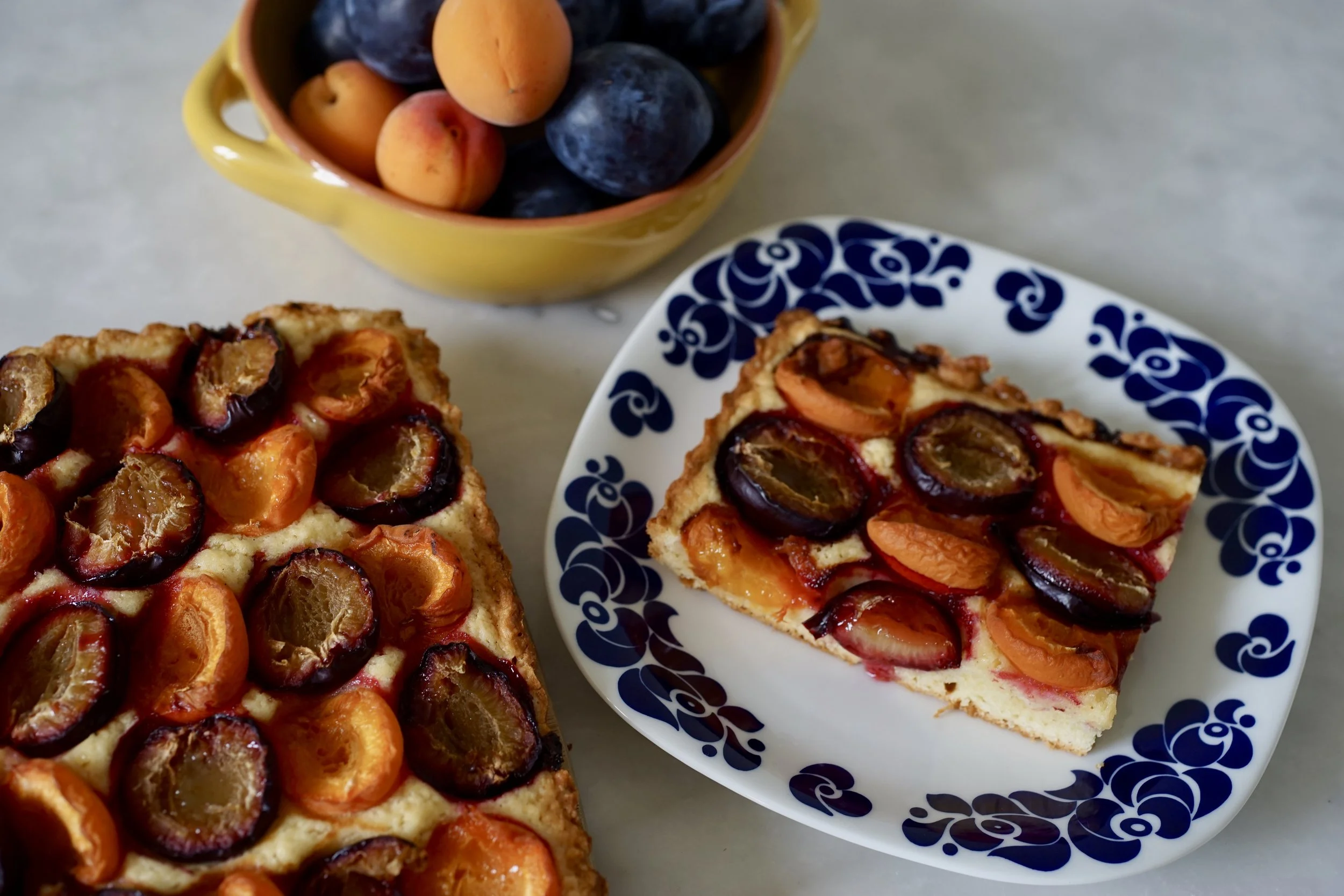Polenta
In the markets of Ticino, you might still see a steaming copper cauldron being patiently stirred with a long wooden spoon. It’s polenta.
Polenta is yellow cornmeal that's cooked over low heat until it becomes a delicious, tender mash. It belongs, with chestnuts and risotto, to the traditional peasant foods of Ticino.
It can be eaten out of a bowl or spread on a wooden board, cooled, and cut with a piece of thin thread. Or serve it with butter, cheese, a stew, a sauce, or simply a splash of cold milk. This time of year it is the perfect accompaniment to zucchini, peppers, eggplants, and tomatoes, not to mention meat, hot off the grill.
Wrong!
While it does take some time to make perfectly creamy and tender polenta, it doesn't require the labour-intensive work that is often associated with the dish. You don't have to constantly stir for an entire hour. You just need to frequently stir for about 45 minutes.
For an even more detailed look at this classic dish, check out this great post on Serious Eats.
500 ml water
500 ml milk
salt
a bundle of fresh herbs (thyme, rosemary, etc.)
200 g medium or coarse cornmeal/polenta
knob of butter
In a large pot bring the water, milk, salt, and herbs to a boil.
Remove your bundle of herbs, then add the cornmeal slowly, while whisking, and bring the mixture back up to a boil. Continue whisking and let this cook for a few minutes, stirring constantly.
Turn the heat down to low and let the polenta cook for a further 45 minutes, stirring often but not constantly.
Once it has cooked through, stir in a knob of butter and serve.
You don’t have to constantly stand by the stove, stirring, but you should stir often. If it starts to look a little dry before it is cooked through, add a splash of milk or water.
Bramata is the Bündner name for coarse cornmeal/polenta. Coarse or medium polenta work well, depending on your taste.
Now with raisins?
Polenta Dumplings

